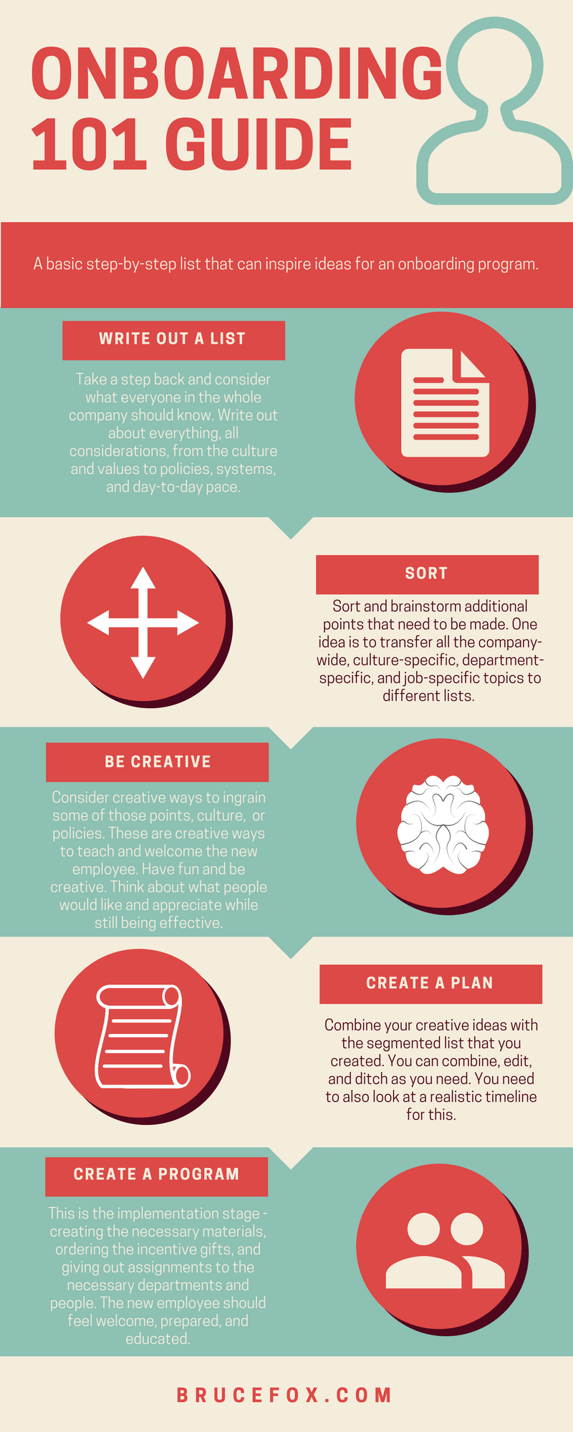Estimated read time: 8 minutes

Onboarding is a hot button topic right now, along with employee engagement and retention.
Why is that?
Simple, employees are expensive. Yes, they are the driving force of your company and the soul of what you do, but they are also one of the most expensive investments. The time and money you pour into one employee adds up, so you want to keep them for as long as possible – ROI, right?
Now, consider the expense of replacing an employee. Putting the position on a site like Indeed, plus ads, social media, and anything else that has trackable costs, as well as the loss of productivity with having no one in that position. Oh yea, did you know that it takes months, with training and letting that person adjust, for that employee to be up to full potential? Which means even more losses.
Is it all adding up in your head yet? Employees, and loss of employees, are expensive!
That’s where those hot button phrases come into play. Businesses want to retain talent, investing in them so they will stay longer.
Hot Button Topics: Employee Engagement, Employee Retention, and Onboarding
What were the 3 we mentioned earlier? Employee engagement, employee retention, and onboarding – all three contribute to organizational and individual performance, well-being, and productivity. Hence, why companies are starting to see the importance – happy employees are more productive and willing to stay.
Employee engagement is about creating a positive environment and regularly committing to trust, integrity, and communication. Engagement is a big term with a lot that goes under this umbrella, from regular company outings to the day-to-day like an open-door policy. Learn more about it here.
Employee retention is another obvious one on why it’s so popular. It’s finding the best ways in the company to retain the employees you have; whether this is setting up a mentorship program, an incentive program, or any combo of the hundreds for ideas out there.
Of the employee retention, one idea that is gaining more traction is onboarding. This is about having an engaging and consistent program in place to bring new employees into the fold and up to speed while creating a positive and welcoming experience.
That’s broad - what the heck does that mean and where does that even start?
Oh, don’t worry; we’ve created a brief program creation guide that you can utilize in order to educate your clients or you can just use in your selling process.
Onboarding 101 Guide
Now, obviously, everything will vary between companies and you can take or leave what you want. However, this is a basic step-by-step list that can at least get you on good footing.
1. Write out a list
Take a step back and consider what everyone in the whole company should know. Consider what went right or wrong with other previous companies. Think back when you first came to this company, not knowing much about this company. Write out everything, all considerations, from the culture and values to policies, systems, and day-to-day pace that may have become natural to you. You don’t need to organize the list yet, just write down as much as you can.
Here is a list to get some ideas:
- Culture
- Mission statement
- Company values
- Department/Area summary
- Company goals for the year
- Company policies
- Department and job policies
- Company and job benefits (this can be from days off to giving a turkey for Thanksgiving every year)
- Dress code
- Social media and outside company expectations
- Usual HR list/packet
- Company recognized holidays and policies
- Incentive Program
- Wellness Program
- Mentor Program
- Recognition Program
- Programs and systems used by the company and position
- List of provided materials
- Position summary and other vital position info
- Position Training Program
- Higher education opportunities
- Other company opportunities
- Company processes (from how to request a day off to how to file a complaint)
- Day-to-day, month-to-month pace
- Introduction to coworkers
- Introduction to department and position
- Computer, passwords, and other systems set up
- Check-ins (periodic check-ins)
- Tour of facility
- HR, IT, management, and other relevant onboarding departments
- Identify points of contact
- Welcome packet
- Trial period
- Work station
- Maps, parking passes, contact list, passkeys
- Performance reviews
- Goals and expectations
Now, we all know that there’s a lot more than this but these should help inspire some ideas.
In regards to the workload, you should already have the majority, if not all, of this list. Therefore, at a later point this should just be compiling info, assigning duties, and eventually tweaking it for a better presentation.
2. Sort
Now, sort and brainstorm additional points that need to be made. For example, you can transfer all of the company-wide, culture-specific, department-specific, and job-specific topics to different lists.
Then, is there anything you might have missed?
Don’t worry, this onboarding program guide is more than just a checklist, but a checklist is a good start. You have to have a starting point and list to get anywhere.
3. Be Creative
You now have a list, but how can you check off some of those points? Consider creative ways to ingrain some of those points, culture, or policies. Yes, continuing to do a HR packet and the typical set ups are good, but what about adding some creativity to the plan?
Have you ever considered giving onboarding gifts? Have the company value statement or values on a useful object for the desk? What about creating an interactive sheet for commonly asked questions? What about a company onboarding program, once passed, there will be a reward that’s also an onboarding gift? How about giving the new employee a new branded item for each mile marker, such as 30 days, 90 days, and 1 year?
Are you seeing some opportunities here? We are!
These are creative ways to teach and welcome the new employee. Have fun and be creative. Think about what people would like and appreciate while still being effective. Remember, when the first 90 days start, the trail period isn’t just for the employee, it’s also for the company; thus, having creative ways to welcome and onboard employees go a long way.
4. Create a plan
Now, this is when you consider how and when you can combine your creative ideas with the segmented list that you created. You can combine, edit, and ditch as you need. You need to also look at a realistic timeline for this. Please take into consideration how the company usually operates and be honest with what will actually work.
Elaborate on the bullet points, look at assignments of duties, create a timeline, and compile the data, information, and other documents.
5. Create a program
This is the implementation stage - creating the necessary materials, ordering the incentive gifts, and handing out assignments. Give the necessary people their to-do lists and what they need to do to make the new employee feel welcome, prepared, and educated. It is better to have multiple people involved, such as HR, IT, a department manager, and a mentor. Then, have the branching off programs set up and ready for the onboarding process, such as the incentive, recognition, wellness, fun, mentorship, and check-in programs– all of these are important for onboarding and overall employee retention. Just be sure to have a plan around this - you don’t want to overwhelm them!
With this guide, you can create a solid basis for an onboarding program to grow and develop as needed, which means more opportunities and the perfect springboard for developing an employee retention program further.
By putting more effort into the onboarding and retention processes, the ROI outweighs the time and cost. We hope this guide is useful for you and your clients, if you want more in-depth info, ask us in the comments section any questions you may have.
So, in addition to the current programs you are selling, consider the growing opportunities of onboarding gifts. If you would like some ideas, reach out to us and we’ll be happy to help or just read our blog for more tips, info, and inspiration.

![]() Kristina Hublar is the Marketing Specialist at Bruce Fox, Inc., which means she is the person behind the keyboard for the social media, emails, website, and other marketing efforts. She’s new to Bruce Fox, but is an Indiana native. In her spare time, you’ll find her plotting her next road trip, bobbing along to music while crafting, spending time with loved ones, or with her nose in a book.
Kristina Hublar is the Marketing Specialist at Bruce Fox, Inc., which means she is the person behind the keyboard for the social media, emails, website, and other marketing efforts. She’s new to Bruce Fox, but is an Indiana native. In her spare time, you’ll find her plotting her next road trip, bobbing along to music while crafting, spending time with loved ones, or with her nose in a book.







